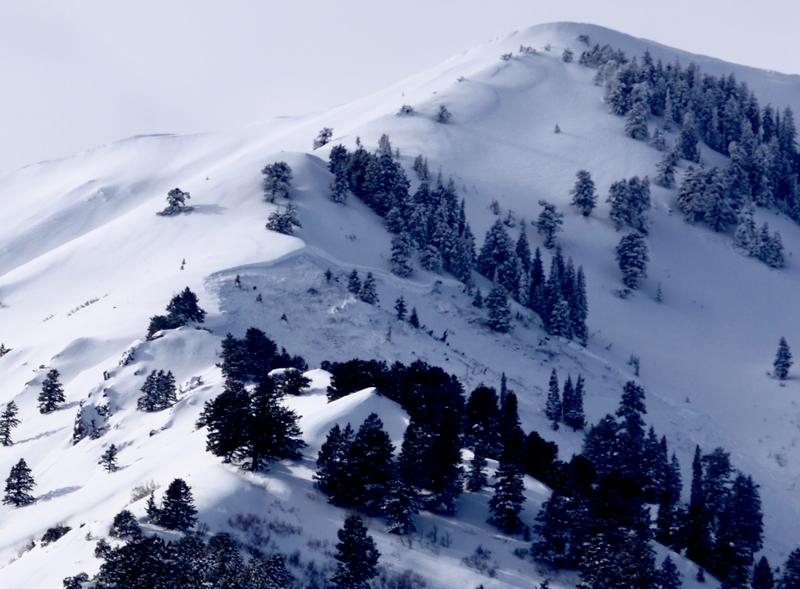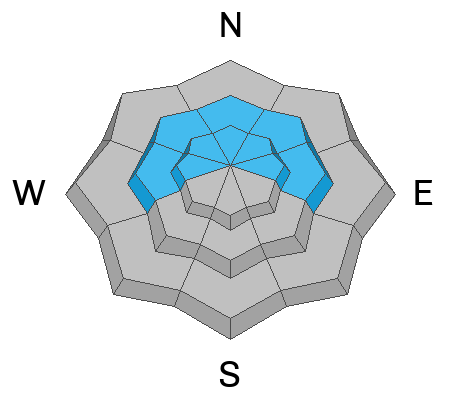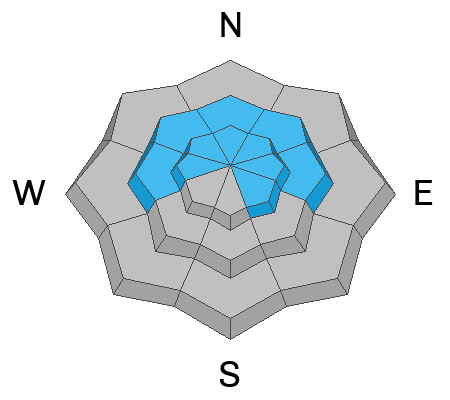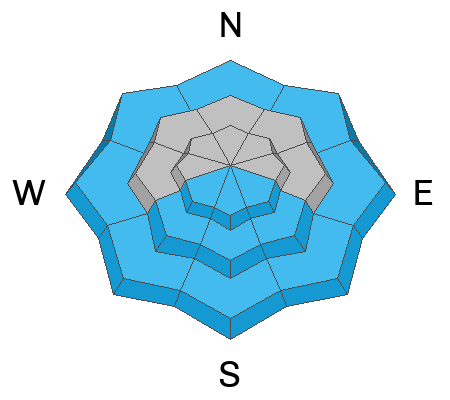Forecast for the Logan Area Mountains

Issued by Toby Weed on
Friday morning, January 13, 2023
Friday morning, January 13, 2023
Elevated avalanche conditions, MODERATE danger exist in most areas in the Logan Zone, and avalanches are possible on steep slopes at all elevations. However in some areas, like in the Wellsville Range and perhaps the Logan Peak area, pockets with CONSIDERABLE danger exist in upper and mid elevation terrain facing west, north, and east. In these areas, and in wind exposed places with generally shallow snow cover and poor snow structure, people are likely to trigger dangerous avalanches failing on a deeply buried persistent weak layer.
Careful snowpack evaluation, cautious route-finding and conservative decision-making are essential for safe backcountry travel today.
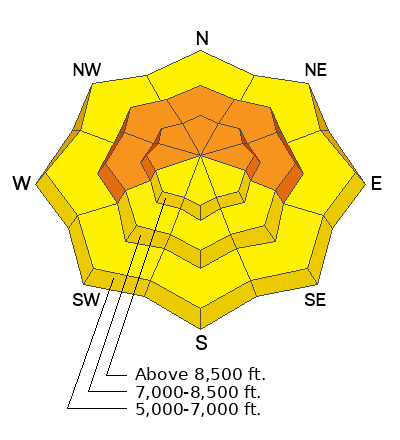
Low
Moderate
Considerable
High
Extreme
Learn how to read the forecast here


